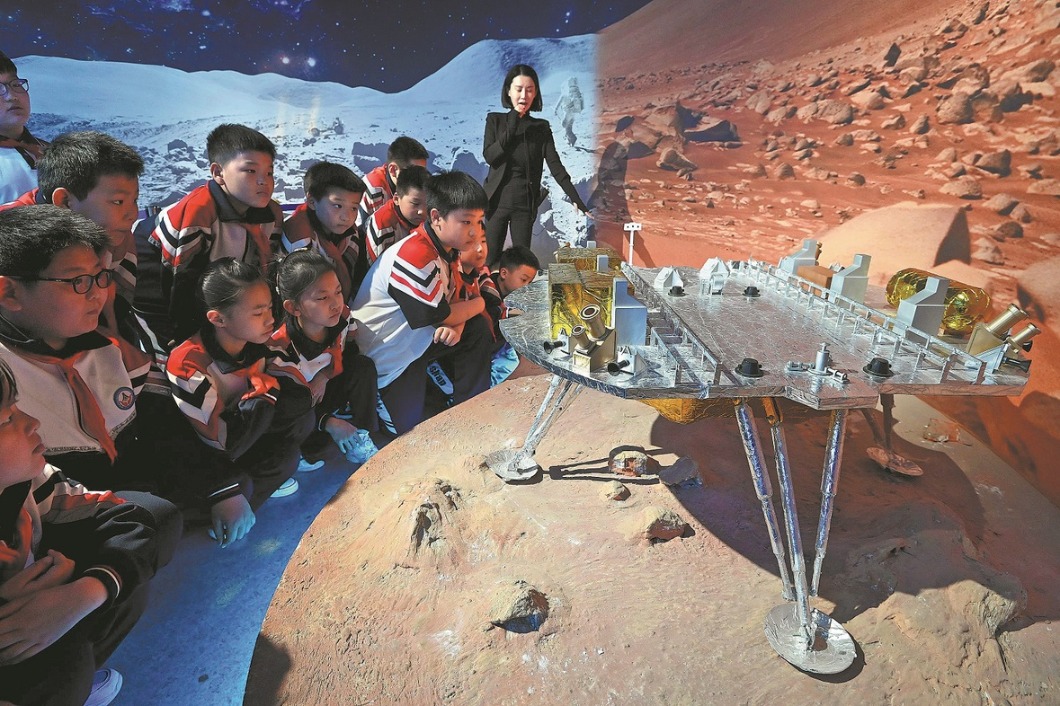10 intl projects picked for Chang'e 8 mission


China has selected 10 international scientific and technological projects to join its Chang'e 8 lunar exploration mission, the China National Space Administration announced on Thursday.
The selected projects — from 11 countries and regions and the International Society for Terrain-Vehicle Systems — span a wide range of fields and will be carried to the moon aboard the Chang'e 8 robotic probe.
According to the agency, the projects include a multifunctional robot designed by researchers at two Hong Kong universities, an intelligent exploration robot from Turkiye's Middle East Technical University, a lunar visible and infrared imaging system jointly built by Bahrain's National Space Science Agency and the Egyptian Space Agency, and a lunar electric potential monitor developed by the Iranian Space Agency.
CNSA Administrator Shan Zhongde said on Thursday that China will work with international partners to advance the Chang'e 8 mission, aiming for scientific discoveries and technological breakthroughs in lunar exploration "to benefit mankind".
Scheduled for launch around 2029, the Chang'e 8 mission will target the Leibnitz-Beta Plateau near the moon's south pole. The mission will consist of a lander, a rover and a robot.
Together with the earlier Chang'e 7 mission, Chang'e 8 will conduct scientific surveys and test technologies for in situ resource utilization — the practice of collecting, processing and using materials found or manufactured on other astronomical bodies, such as the moon or Mars. These efforts will help lay the groundwork for an International Lunar Research Station.
The use of lunar resources will be crucial for supporting human activity on the moon, said Wu Weiren, an academician at the Chinese Academy of Engineering and chief planner of China's lunar exploration programs.
In October last year, CNSA opened 200 kilograms of payload capacity for international cooperation and received 41 proposals. After evaluations based on scientific merit, technical feasibility and diversity of collaboration, 14 proposals from 11 countries and regions, as well as the International Society for Terrain-Vehicle Systems, were integrated into 10 selected projects, according to the agency.
Pang Zhihao, a space technology expert who worked for decades at the China Academy of Space Technology, said China's push to build an international research outpost on the moon underscores its commitment to global cooperation in lunar exploration.
"You can find that most of the selected projects come from developing nations that want to build their own space industry," Pang said. "Allowing their participation in world-class missions like Chang'e 8 will tremendously boost their experience and knowhow in planning and executing space activities and enable their designers and engineers to learn and practice as early as possible."




































